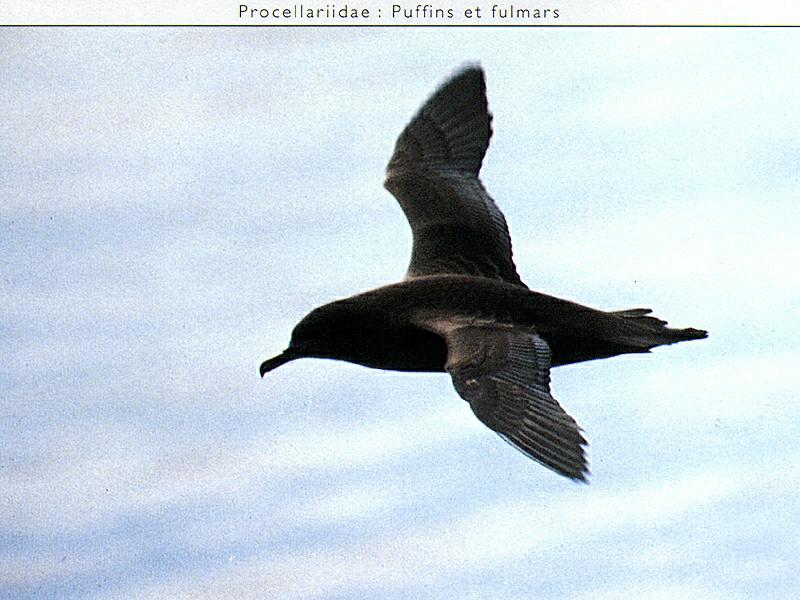|
| Query: bird | Result: 1092nd of 32675 | |
Fulmar of Shearwater? Can anyone ID this bird?
| Subject: | Fulmar of Shearwater? Can anyone ID this bird?
| |

| Resolution: 800x600
File Size: 66951 Bytes
Upload Date: 2005:11:22 17:52:43
|
From: ouriel@angel.com (Ouriel)
Newsgroups: alt.binaries.pictures.animals
Subject: New Scans Day 10 - Ds-Oiseau 112.jpg
Date: Wed, 07 Apr 1999 21:48:23 GMT
|
Comments |
|---|
| | Guest |
|
| What kind of bird is this? Can anybody let me know? |
| | cialis |
|
| GVUChy fdkargtc xzpzcrzl ftktdvqf |
^o^
Animal Pictures Archive for smart phones
^o^
|
|
|